
General Idea
Founded in 514 BC, Suzhou is one of the oldest towns in Yangtze Basin. Located by Taihu Lake, the richest area in the Basin, the city has a total area of 6,264 square kilometers. It has a population of 5.81 million. Meanwhile, bordering Shanghai on the east, Wuxi City on the west and the Yangtze River on the north, Suzhou enjoys great geography and excellent land, water and air transportation.
Suzhou achieved its fame 1,000 years later when the Grand Canal was constructed. And the city remains one of the most beautiful cities in China with its blue web of interlocking canals and classical gardens as well as famous silk industry. It is well-known as the capital of silk. The streets and lanes in its downtown area are of the Song-dynasty style.
As the world of garden, Suzhou is also famous for its ancient gardens which are the gem of classical garden architecture in south China and has been included in the UNESCO heritage list.
As a world famous tourism city, Suzhou also owns well developing industry properties.
Suzhou Industry Park
The Suzhou Industry Park (SIP) is the largest cooperation project between China and Singapore Government. It is located beside the beautiful Jinji Lake, which lies to the east of Suzhou Old city. On 26th February 1994, Vice Premier Li Lanqing and Senior Minister Lee Kuan Yew represented China and Singapore respectively in signing the Agreement to jointly develop Suzhou Industrial Park. The project officially commenced on 12th May in the same year. SIP has a total jurisdiction area of 288 sq km, of which, the China-Singapore cooperation area covers 80 sq km with a planned residential population of 1.2 million.
Suzhou Industrial Park Export Processing Zone
The Suzhou Industrial Park Export Processing Zone was approved to be established by the government in April 2000, with a planning area of 2.9 sq km. It is located in Suzhou Industrial Park set up by China and Singapore. Inside the Export Processing Zone, all the infrastructures are of high-standard. With the information platform and electronic methods, all the customs declaration and other procedures can be handled on line. Investors can enjoy many preferential policies.
Suzhou Hi-Tech Industrial Development Zone
The Suzhou Hi-Tech Industrial Development Zone was established in 1990. In Nov. 1992, the zone was approved to be the national-level hi-tech industrial zone. By the end of 2007, foreign-invested companies had a total registered capital worth of USD 13 billion, of which USD 6.8 billion was paid in. SND hosts now more than 1,500 foreign companies. Some 40 Fortune 500 companies set up 67 projects in the district.
Suzhou is the second largest industrial city (next to Shanghai) in China and also the second largest city among the cities in Yangtze Delta.
Geography and Climate

Geography: Suzhou is situated in the south of Jiangsu Province, in the middle of the Yangtze Delta; bordering on Shanghai in the east, Zhejiang Province in the south and Taihu Lake in the west Suzhou enjoys great geography and excellent land, water and air transportation.
Population: The population of Suzhou on August 18th 2010 is approximately 6,316,772. About half of them are urban citizens.
Administrative Division: Suzhou is composed of Suzhou Downtown and 5 country-level cities. And Suzhou Downtown contains seven Districts: Wuzhong, Xiangcheng, Pingjiang, Canglang, Jinchang, Suzhou Industrial Park and Suzhou New Hitech District.
Briefing
Suzhou is located in the eastern coast of China. It has a monsoon humid subtropical climate. It carries the typical season characters with hot Summer and cloudy Winter. North-westerly winds blowing from Siberia during winter can cause temperatures to fall below freezing at night, while southerly or south-westerly winds during the Summer can push temperatures above 35 °C (95 °F).
Suzhou, with its pleasant weather and harmonious natural environment is generally considered as one of the ideal places to live. This city has a lot of mild days with sunshine and clean air and sufficient rain to support agriculture and maintain the natural beauty of its picturesque scenic spots.
Character of the four seasons in Suzhou
Spring, with an average temperature of 14.2℃ from March to May, is a season of recovery from the cold days. Although the average temperature is pleasant, early spring still has temperatures below 0℃.
Summer is the hottest season with a lot of rainy days in June. The highest temperature is in July, when it can reach 35℃.
Autumn in Suzhou is cool and pleasant. From September to November, you can really enjoy outdoor activities because of the fine weather.
The coldest season begins from December to February. There may be snow on some days while most of the winter days in Suzhou are comparatively warmer with an average temperature of 4.4℃.
Climate Data Table for Suzhou
Month Item | Jan | Feb | Mar | Apr | May | Jun | Jul | Aug | Sep | Oct | Nov | Dec |
maximum | 7.78 | 8.89 | 13.33 | 18.89 | 24.44 | 27.78 | 32.22 | 32.22 | 27.78 | 23.33 | 17.22 | 11.11 |
minimum | 56 | 1.67 | 5 | 10.56 | 15.56 | 20 | 24.44 | 24.44 | 20.56 | 14.44 | 8.33 | 2.78 |
Rainfall (mm) | 39.0 | 58.8 | 81.2 | 102.3 | 114.5 | 152.0 | 128.2 | 133.0 | 155.6 | 60.5 | 51.2 | 34.7 |
Days of rainfall | 6.0 | 7.4 | 9.4 | 10.0 | 9.6 | 10.3 | 8.7 | 7.6 | 9.0 | 5.9 | 5.1 | 4.7 |
History
Suzhou is one of the most ancient towns in the Yangtze Basin. About 2,500 years ago in Shang Dynasty, local tribes Gou Wu lived in the area which would become the modern city of Suzhou. In the Spring and Autumn Period, it was named the Great City of Helu. Wu Zixu, the prime minister of King Helu, supervised the reconstruction of Suzhou, which marked the beginning of today’s city.In 473 B.C. the Wu State was defeated by the Yue State, a kingdom to the east which was soon annexed by the Chu State in 306 B.C. The golden era of Suzhou ended with this conquest. In the Qin Dynasty, the city was known as Wu County. Xiang Yu staged his historical uprising here in 209 B.C. which contributed to the overthrow of Qin. It was renamed Suzhou in 589 A.D. during the Sui Dynasty. When the Grand Canal was completed, Suzhou found itself located on a vital trade route. With the prosperous business of silk and other popular products along the waterways, Suzhou has been a metropolis of industry and commerce on the south-eastern coast of China.Suzhou’s good fortune ran out in 1860 due to the Taiping soldiers and then again in 1937 through Japanese invasion.In 1981, Suzhou City was listed by the State Council as one of the four cities of historical and cultural heritage protection. Since then, the city developed into one of the most prosperous one in China.
- Contact Us
-
Tel:
0086-571-88165708
0086-571-88165512E-mail:
admission@cuecc.com
- About Us
- Who We Are What we do Why CUECC How to Apply
- Address
- Study in China TESOL in China
Hangzhou Jiaoyu Science and Technology Co.LTD.
Copyright 2003-2024, All rights reserved





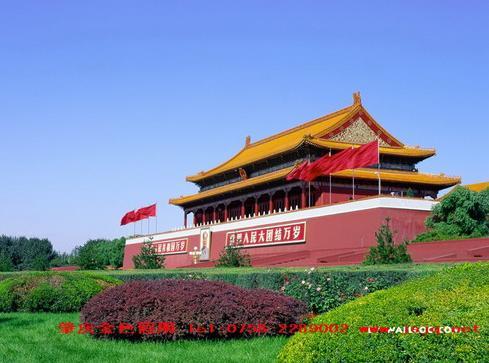
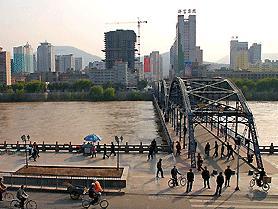
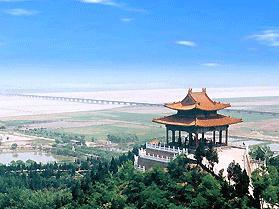
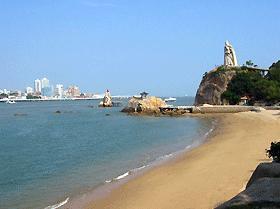
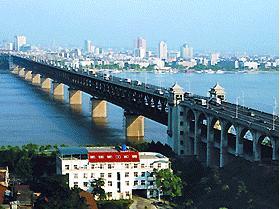
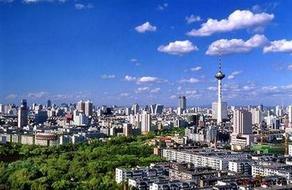
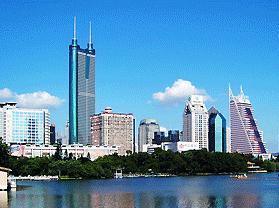
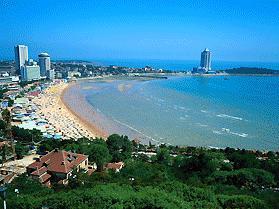
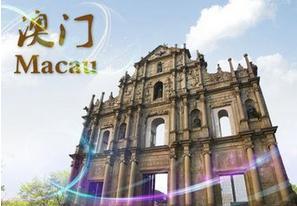
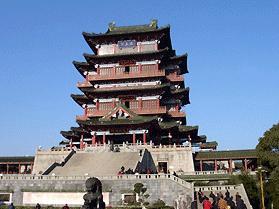
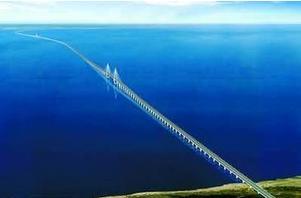
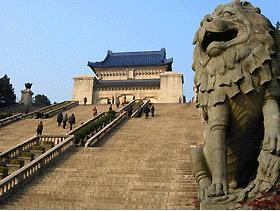
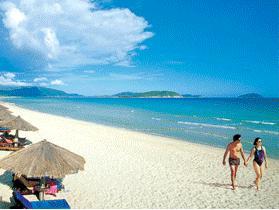
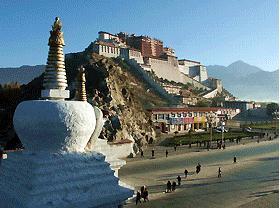
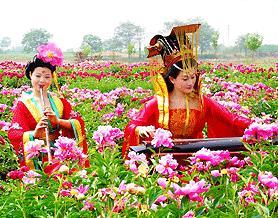
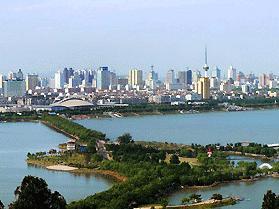
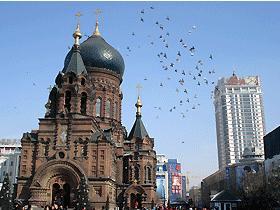
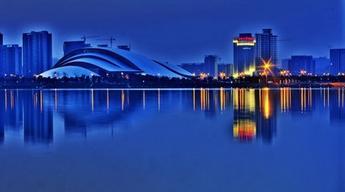
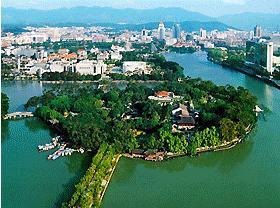
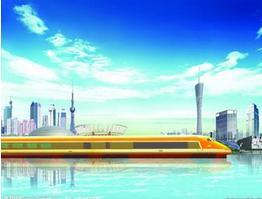
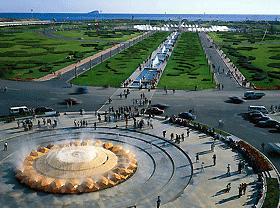
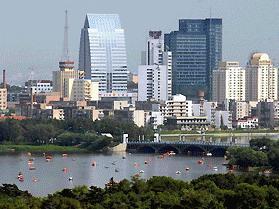
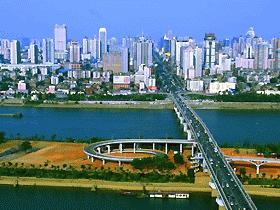
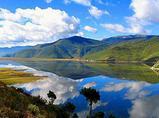
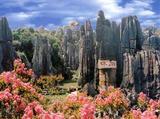

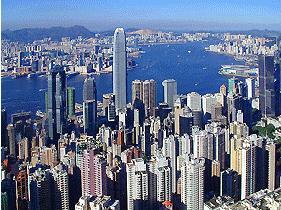
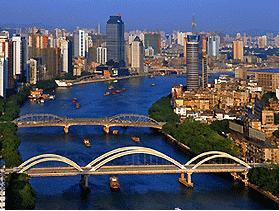
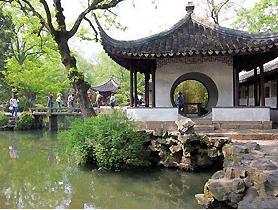
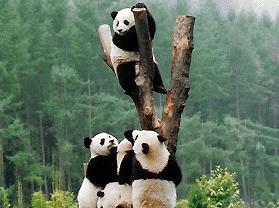
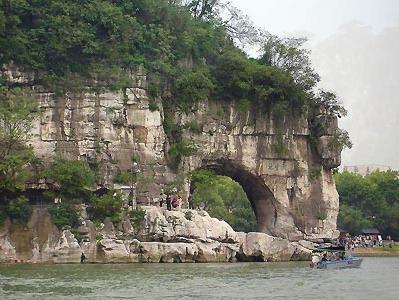
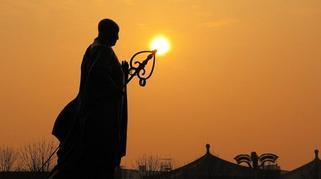
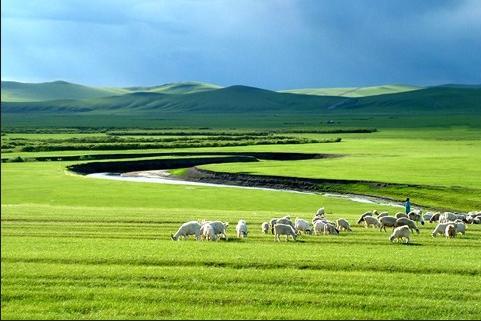
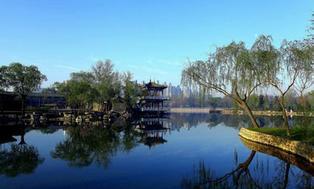
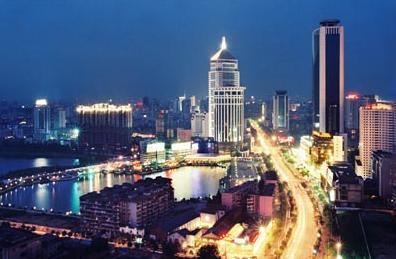
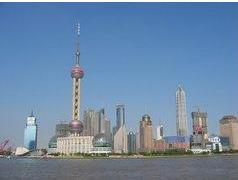
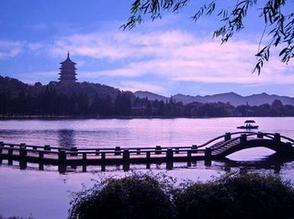

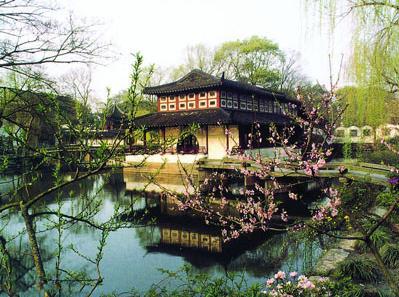
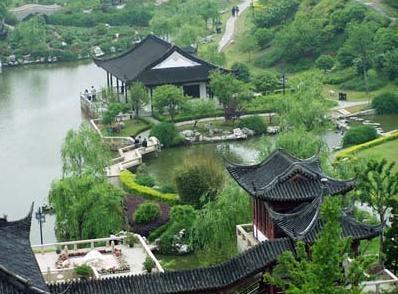
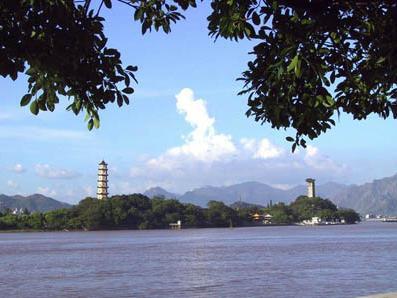
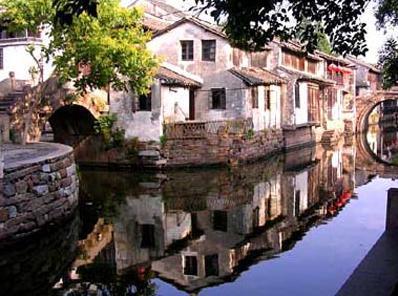
 Chinese
Chinese
 English
English
 Korean
Korean
 Japanese
Japanese
 French
French
 Russian
Russian
 Vietnamese
Vietnamese
